
When a kitchen handles a lot of raw fish, soy sauce and rice starch, workwear requires ease of care and quality. Hanko Sushi relies on Medanta's antibacterial chef shirts and aprons, which are easy to wipe clean even during a busy workday.
From psychedelic colorful chef's uniforms to stylish and functional black. Jesper Björkell, who is responsible for product development at Hanko Sushi, has come a long way from his first job, the kitchen at the Viidakkorumpu restaurant in Linnanmäki, Helsinki, to the head chef of Finland's largest sushi restaurant chain.
"I didn't really have any trauma from Jungle Drum, but our work clothes there were so colorful that they were eye-popping. We also had silly mushroom hats. That was the first time I thought about the importance of dressing for work. I had just graduated as a chef, and I felt like my professional pride would melt the moment I put on that rainbow."
Björkell says this jokingly, because of course he knew that the seriousness of an amusement park restaurant shouldn't be on the same level as a Michelin-starred place. Still, the flashy outfits made him think about the effect of work clothes on his mood.
“Good chef clothing gives you confidence and creates a sense of community, as the whole team feels like they belong in the same kitchen. Good-looking clothing also complements the restaurant’s atmosphere.”
Dirt and odors are removed even at low temperatures
Jesper Björkell has been thinking more about the importance of quality chef clothing lately, as Hanko Sushi has decided to re-clothe its kitchen staff.
Founded in Hanko in 2009, the restaurant offers Japanese flavors with a Nordic twist and has conquered Finland in ten years: there are now 24 restaurants with over 1,100 seats. The newest one opened in Ruka in late 2018.
“Previously, our chefs used rental clothing, which is common practice in the industry. However, it wasn’t the best option – stiff shirts could scratch your neck, for example – so we started looking into the options available.”
Björkell had received a long and tall black apron from Medanta in 2014 for testing, which some of Hanko Sushi's chefs had tested. The aprons' antibacterial material and high quality convinced the sushi guru.
"We are a unique place in that we play a lot with rice starch and salmon fat. Sometimes work clothes are taken home to be washed. What is important is how the dirt and odors are removed in the wash."
Jesper Björkell praises that Medanta's clothes come out clean and fresh even at low washing temperatures.
“Easy care is one of the most important features of chef clothing. Medanta fabrics retain their color and shape, and do not wrinkle in the wash. When you throw the garment on the line in the evening, you can pull it straight off and put it on in the morning.”

Medanta design meets sushi aesthetics
Hanko Sushi chose Medanta as its partner because its selection included the best workwear – both cutting-edge and contemporary.
“We will be renewing our chefs' clothing during 2019. Our restaurants have open kitchens, and we want the workwear to speak the same language as the aesthetics and quality of our food,” says Jesper Björkell.
Japanese culture is known for its ascetic beauty: food portions are harmonious, and nothing unnecessary is put on the plate. Each ingredient has a carefully considered purpose.
“We wanted the same balanced elegance for our chef clothing. First, we are revamping the chefs’ work shirts and aprons.”
Björkell says that the kitchen staff was given a black, short-sleeved shirt from Medanta's Chef collection, specially designed for kitchen work, with the Hanko Sushi logo sewn on the chest.
“I personally liked the shirt the most because of its lightness and flexibility. The shirt feels so comfortable that I don’t even feel like I’m wearing it. We’ve had chef’s clothes in the past that were made of such rough fabric, so the softness of the Medanta shirt really stands out.”
Shirts are flexible and breathable even in tight places
According to Björkell, Hanko Sushi staff have already tested the shirt and particularly praised its materials. The shirt is made of a slightly sturdier Medanta Flex fabric on the front. The sleeves and back are made of the technical Medanta Knit material, which is also familiar from sportswear.
The shirts come in two styles, a straight fit and a more fitted one. The straight hem has slits that are perfect for tight situations.
“Making sushi is very much a craft. Our philosophy is encapsulated in our motto ‘every cut counts’. The work involves a lot of repetition and washing the rice, so the shirt needs to be flexible with your hand movements. The shirt also breathes well: I don’t remember a time when I was freezing or sweating profusely while wearing it.”
Jesper Björkell says that thanks to the antibacterial material, the shirt can be easily kept clean during the working day.
"I've often just wiped away spills on my shirt with a damp kitchen towel. Especially in the middle of a busy workday, it's nice to be able to wipe away stains easily."
According to him, the black color of the shirts was also carefully thought out. Black not only looks dignified, but is also practical for a sushi chef's job. A splash of soy sauce on white work clothes instantly makes the outfit look untidy.

From a good eater to a renowned sushi master
Jesper Björkell's path to becoming a renowned sushi master began in his childhood. He is the middle of three brothers and as a child he played restaurant, designed menus and was interested in cooking.
“We naturally had competition between our brothers. I exercised a lot and was always hungry, so I was a good eater. My older brother didn't like vegetables, for example. As the middle child, you always have to be better than the others to get attention. I beat my brother because I liked everything and was never picky.”
After elementary school, Björkell's father enrolled the lively boy in cooking school. At the ladle, the young man's lively spirit found a channel: he discovered that he was good at what he did.
“I remember when I said for the first time, while filleting fish in cooking school, that I would never go to a fish restaurant. I had worked in several restaurants in Helsinki – at best, I had a tax card in ten places – when in 2009 the founding duo of Hanko Sushi contacted me.”
Björkell was Hanko Sushi's first recruit. He says he stated in the job interview that he didn't want any responsibility, at least not then.
“I just wanted to do my job. They didn’t listen to me at all about it. I was put in charge of the kitchen, and as the chain grew, I started taking on a bigger role and responsibility. I got to try new things, do my own thing, and become a better chef.”
Japan myths debunked in Tokyo
Jesper Björkell finds growing his restaurant chain interesting and rewarding, but also challenging and stressful. In 2013, he began to feel that he had reached a professional level in Finland where he could no longer see further.
"Everyone just patted me on the back for being really good, Jeppe, and not that, when the sushi was good again. There are other great chefs in Finland, but maybe they don't want to share their best tips and tricks with the competitors. I decided to go to Japan to the Tokyo Sushi Academy to get inspiration and see what the real buzz is there - all the Japanese myths in my backpack. I was nervous on the plane, wondering what if I pick up a knife and they just laugh."
Björkell knew that in Tokyo he would have two alternative realizations. When he ate sushi there, he would either realize that he had done everything completely wrong, or he would see how well things were really done in Finland.
“The trip to Japan reinforced my view that we are on the right track. I am not making Japanese sushi, but Nordic sushi. It was there that I finally shook off the last thoughts of playing Japanese.”
Jesper Björkell especially likes clean and fresh ingredients in Finnish sushi. According to him, the taste palette in Japan is different: the rice there is heavily pickled and often too sour for Finnish palates.
“Making sushi has taught me patience, an appreciation for detail and precision. The secret to good sushi is freshness: the beauty of sushi is that you can’t cheat on freshness. When there are only a few ingredients, they have to be top quality. The rice we use is exceptionally good, and our ginger is pickled according to a recipe I made.”

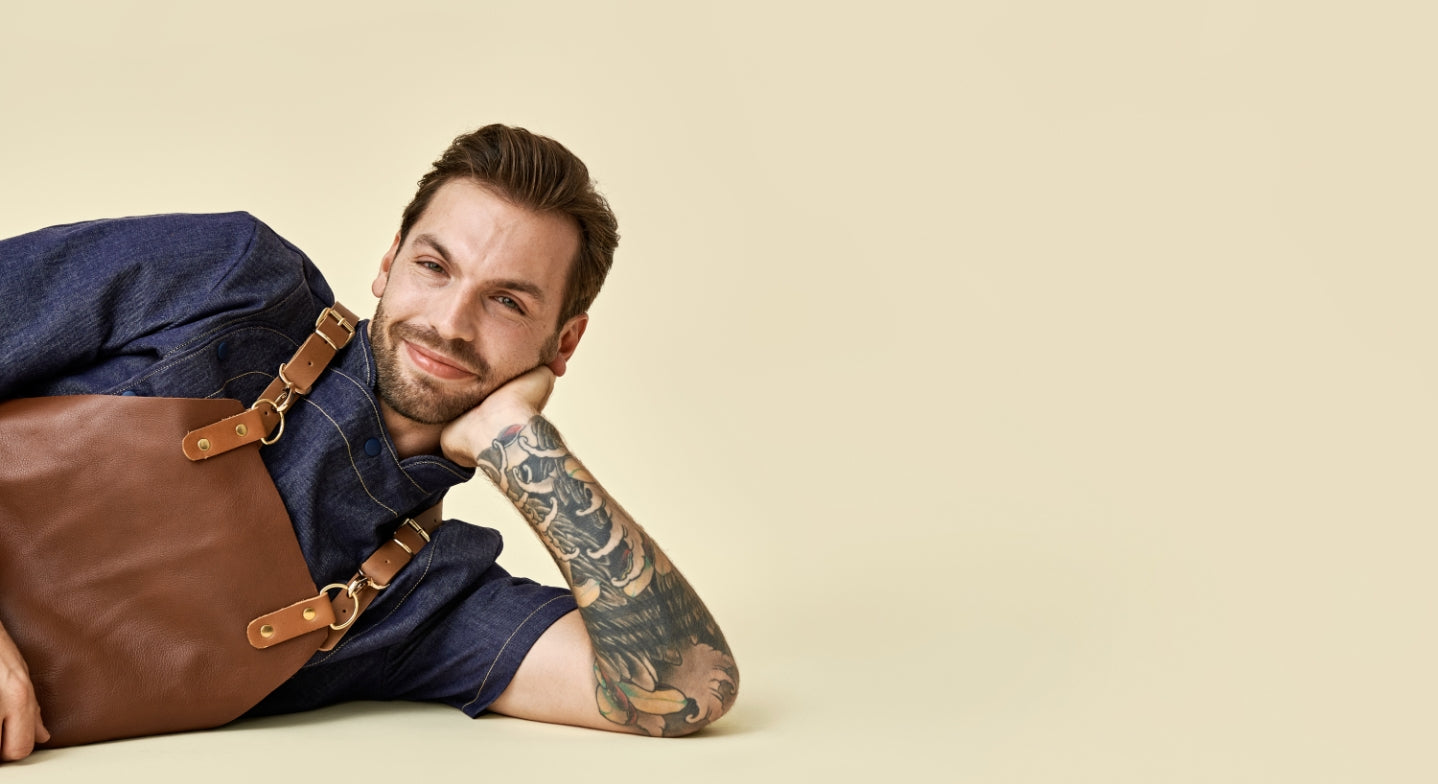
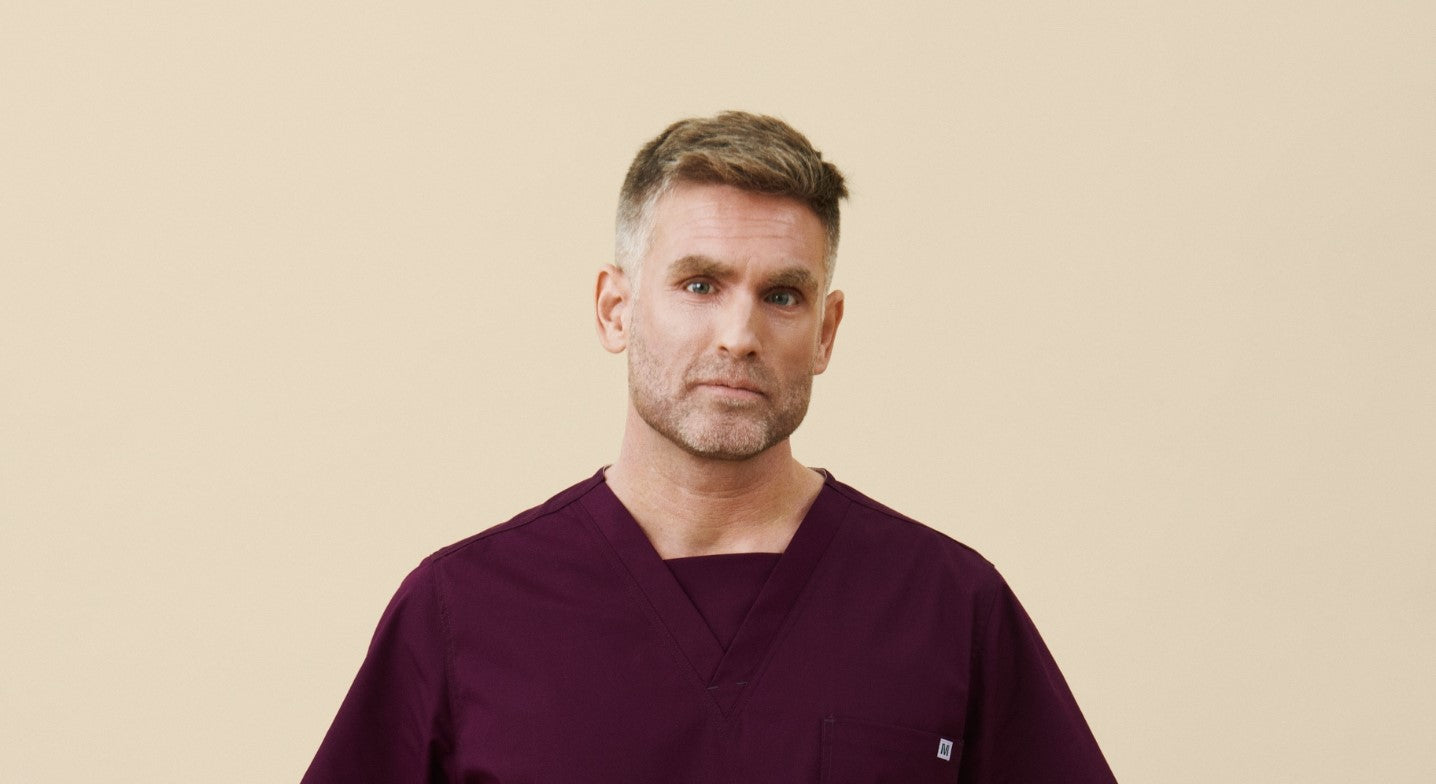
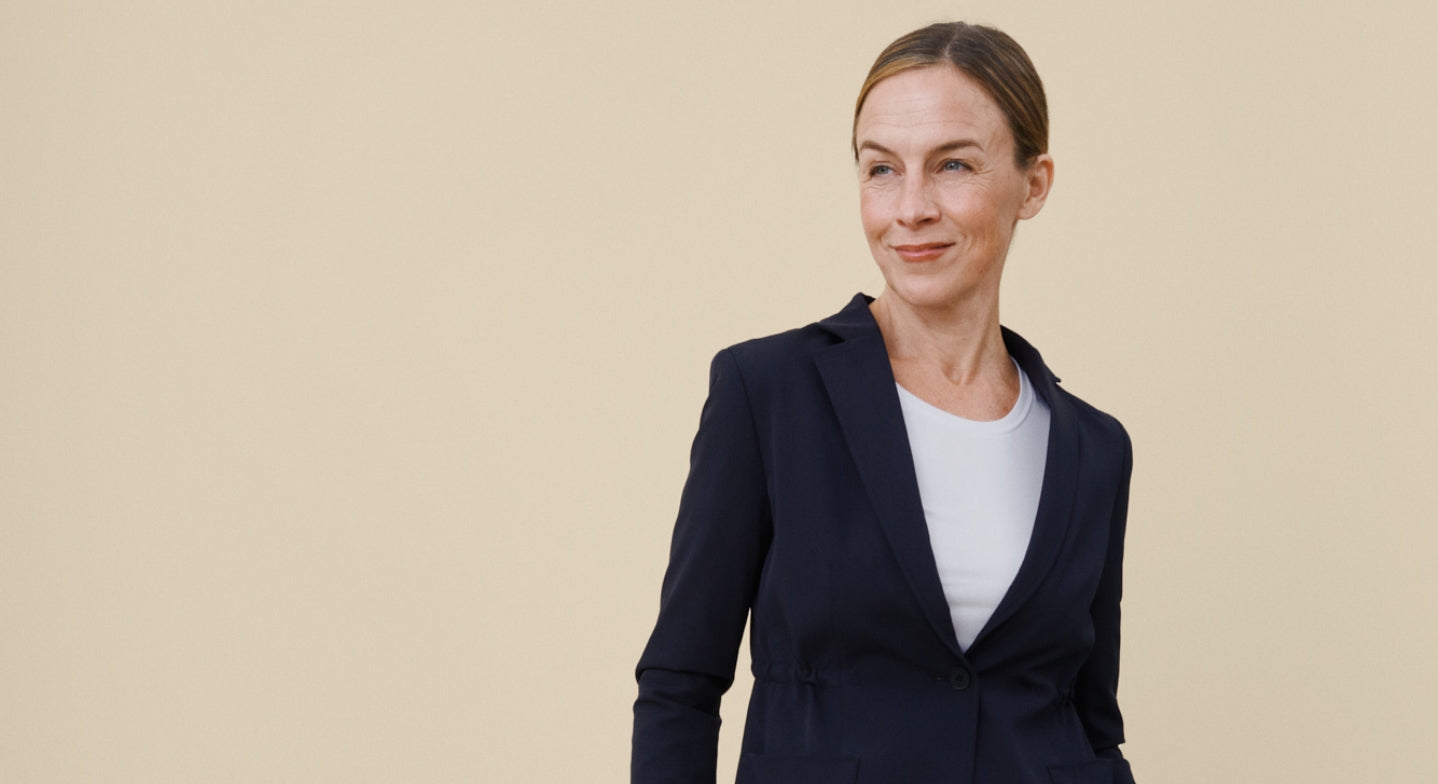

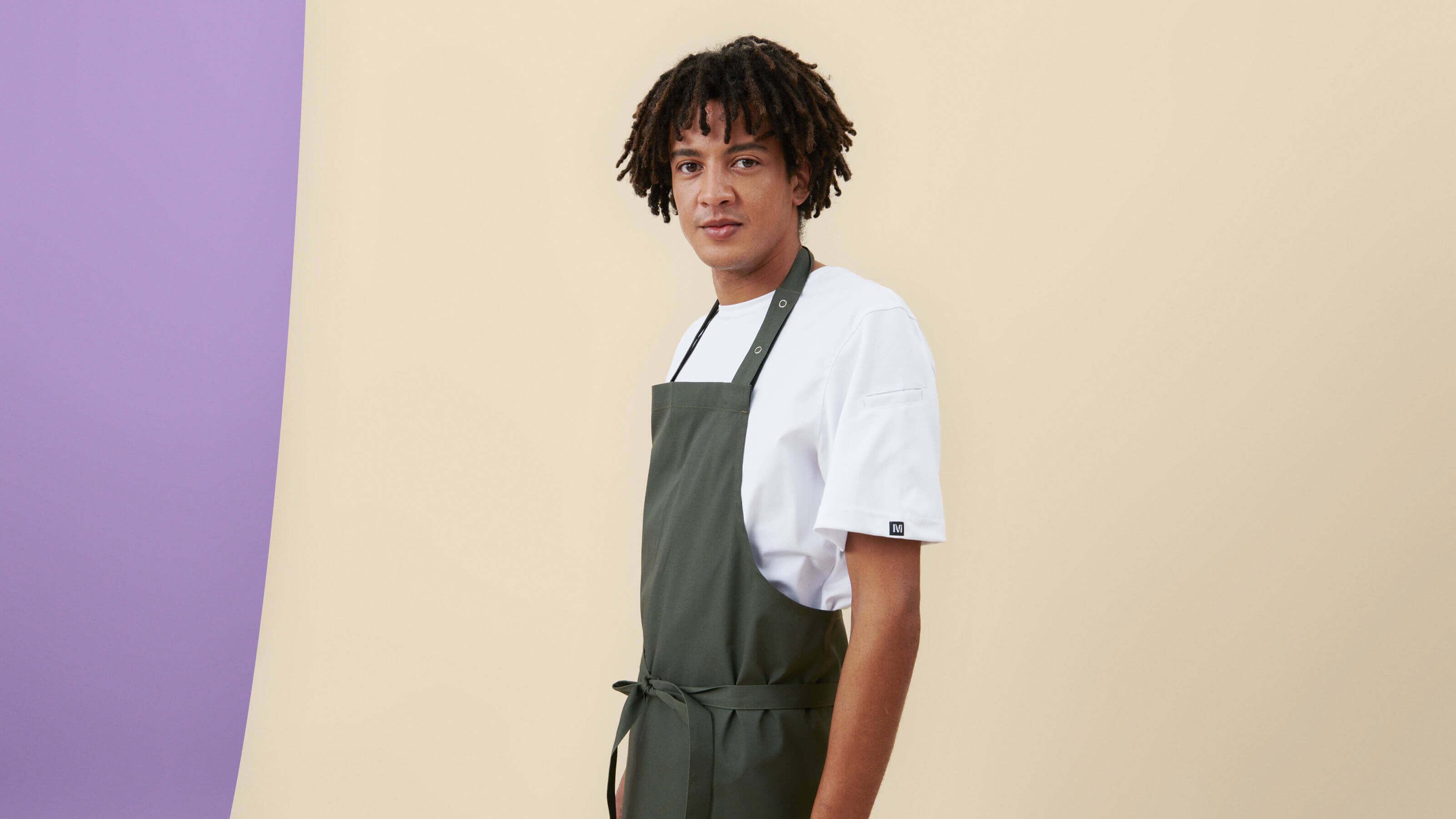

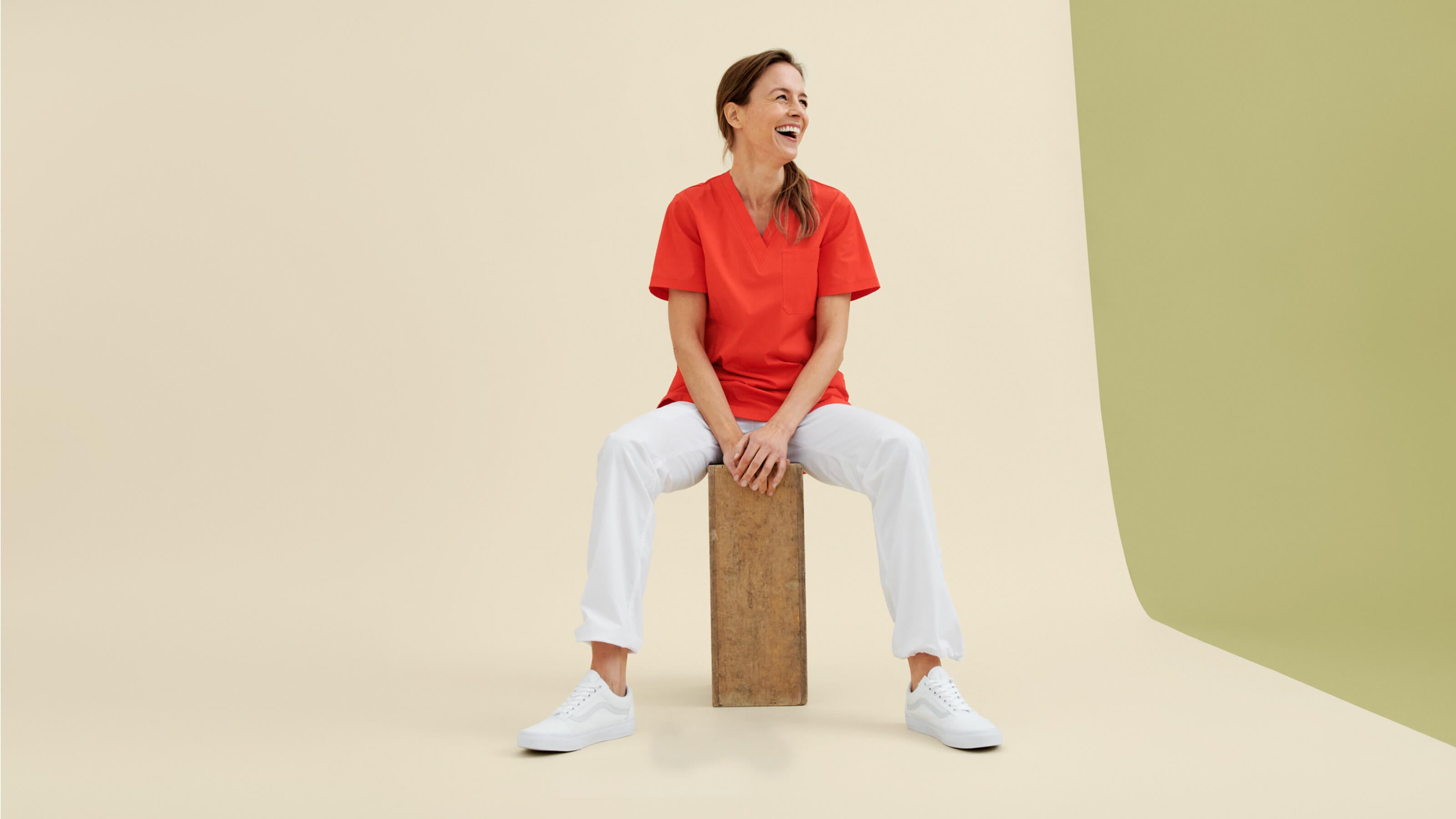

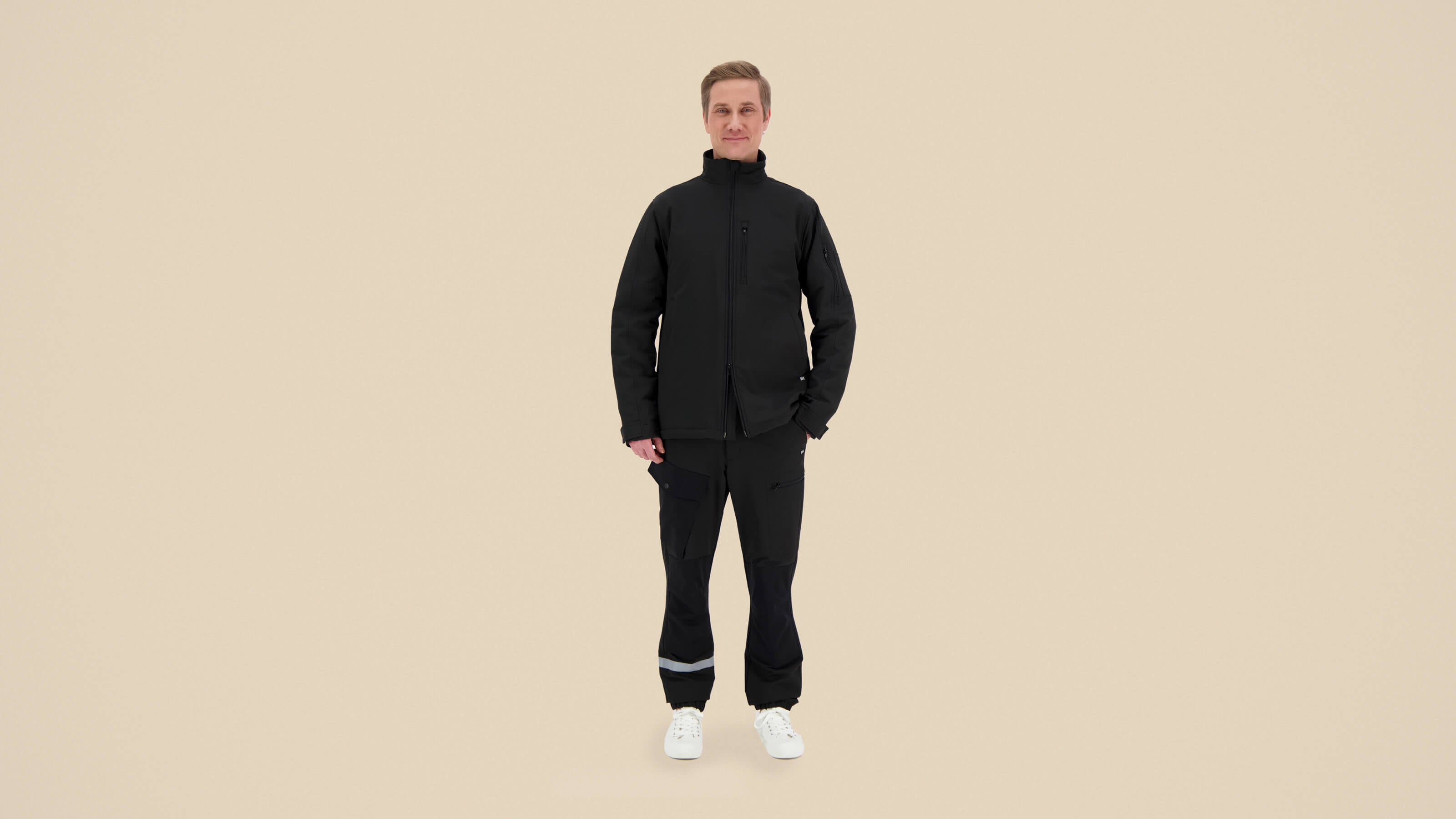
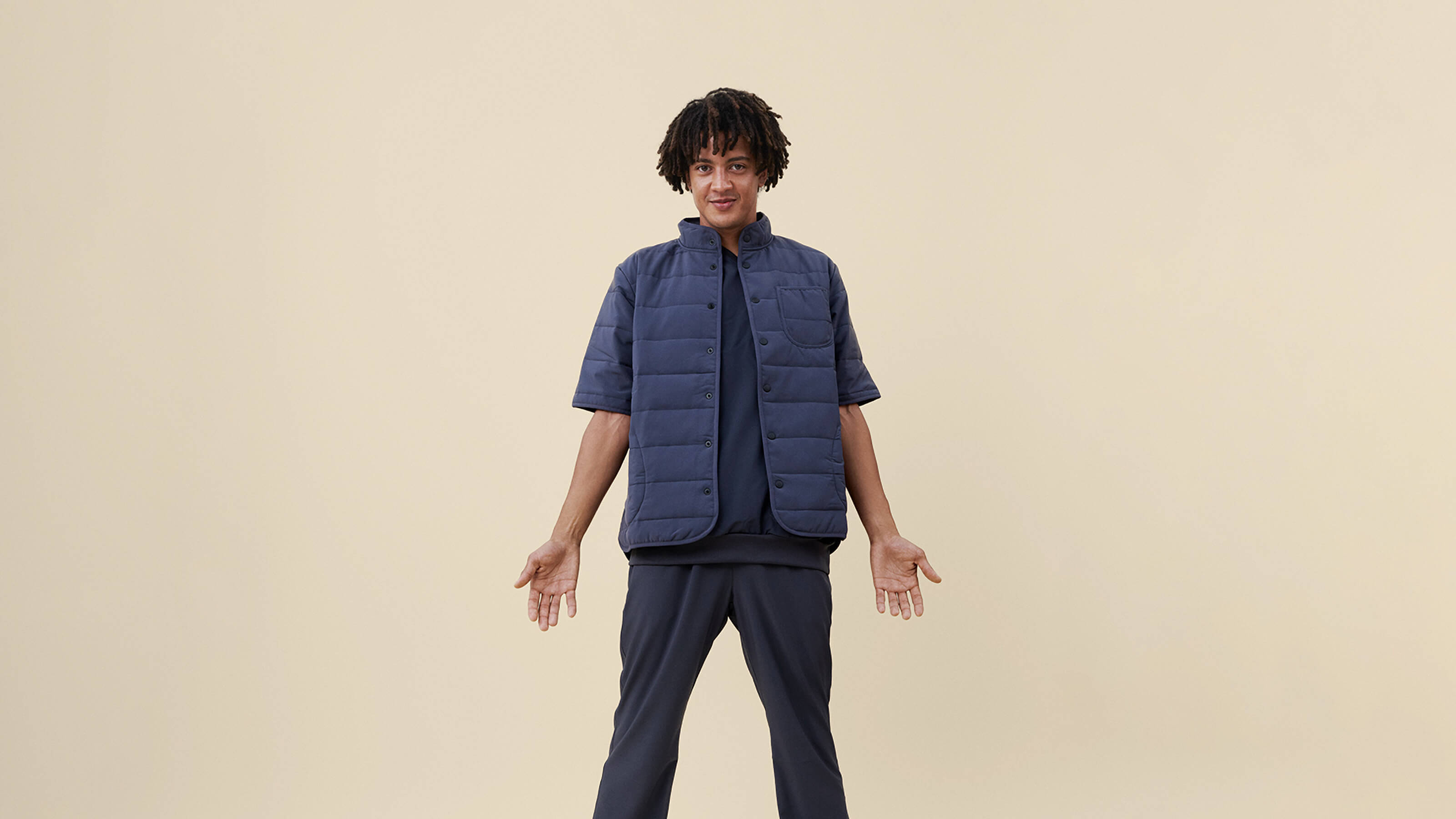
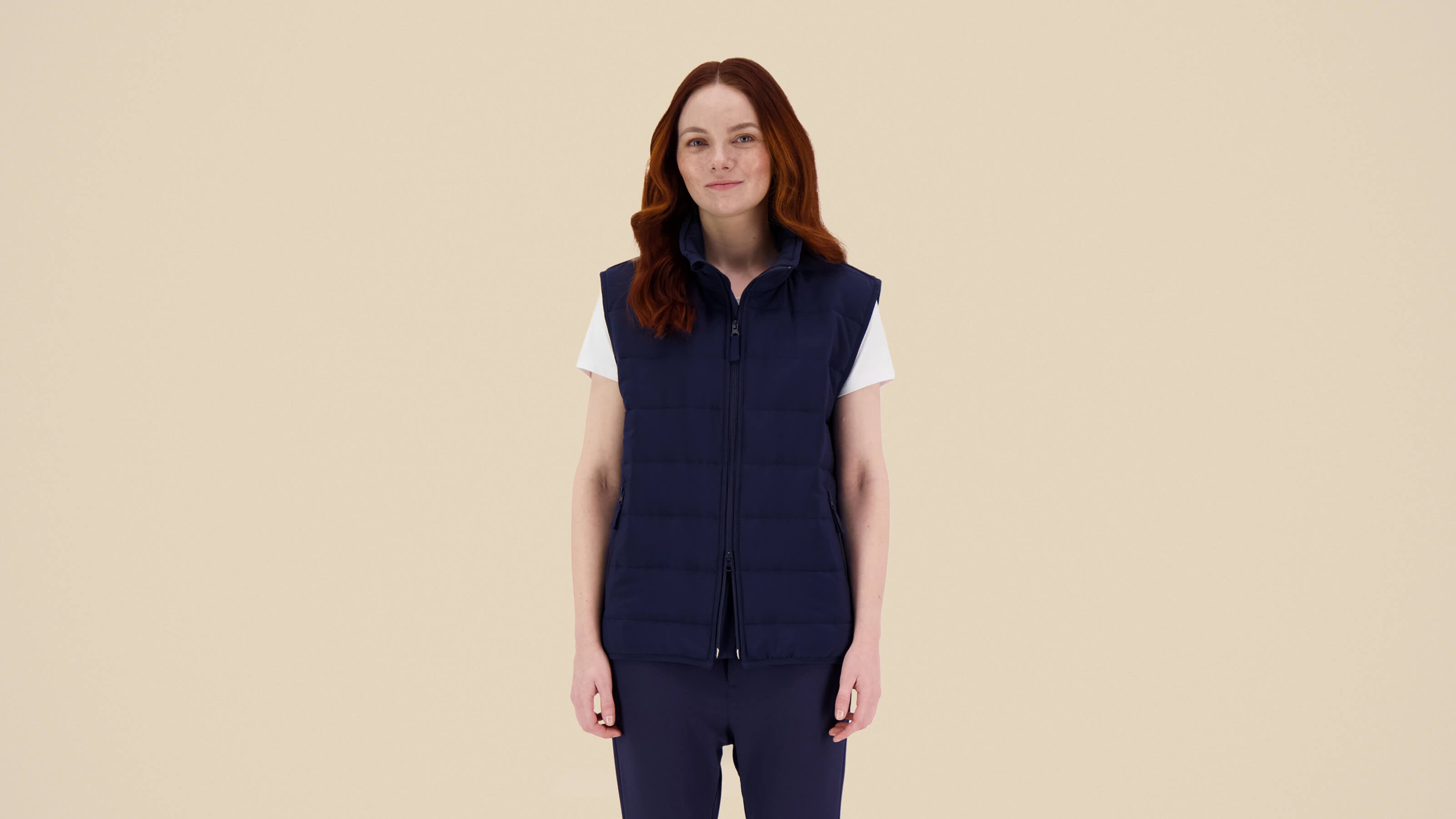


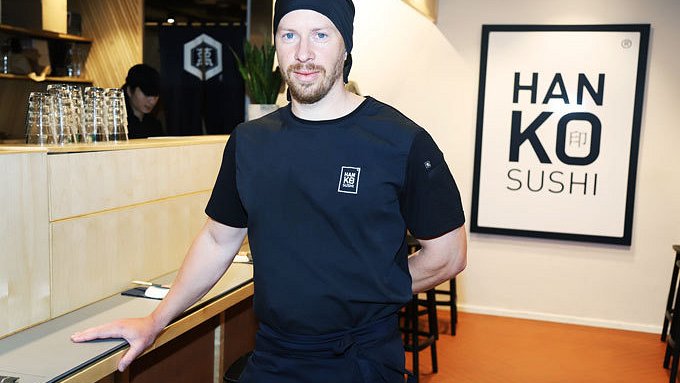

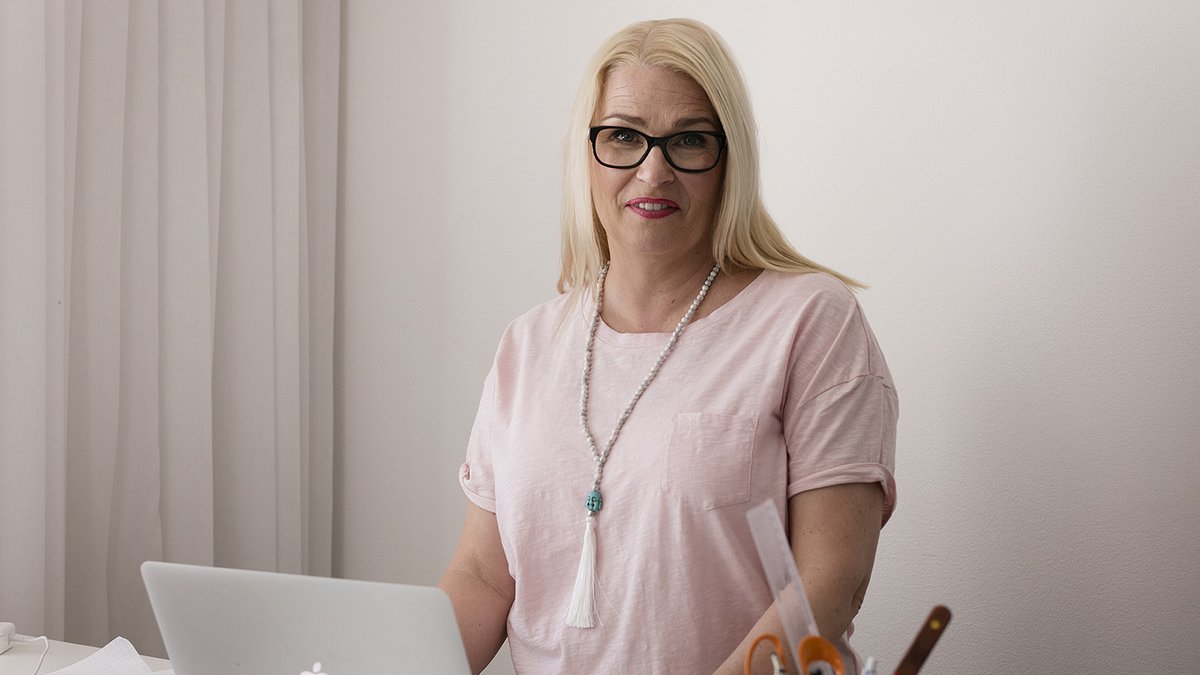
Leave a comment
This site is protected by hCaptcha and the hCaptcha Privacy Policy and Terms of Service apply.